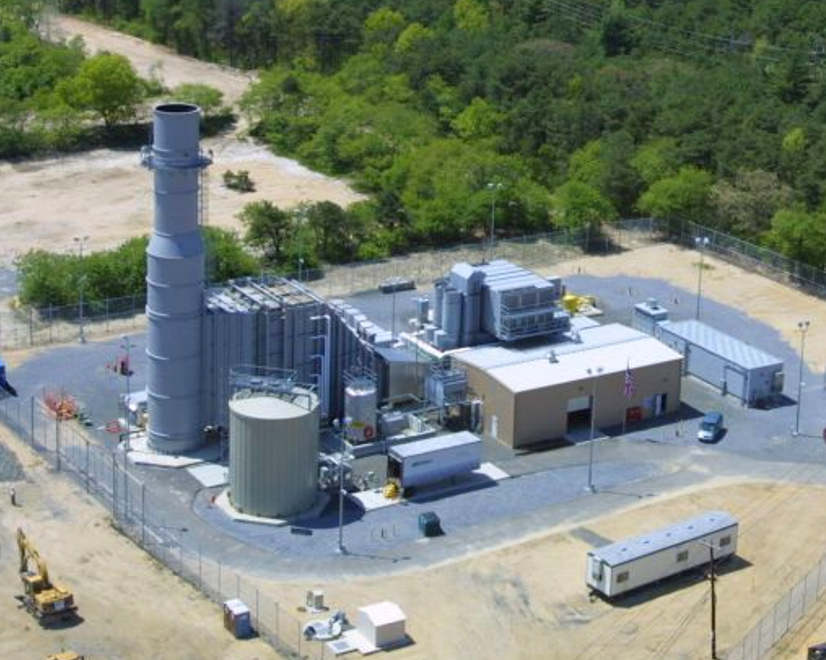
The Independent Power Producers of New York (IPPNY) on Wednesday petitioned the New York Public Service Commission to set up a market-based program — and provide incentives for — the resources for meeting the state’s goal of net-zero electricity by 2040 (15-E-0302).
“If New York state executes properly, our grid can handle the transition to 70% renewables by 2030. But how we reach zero emissions by 2040 while maintaining reliability is a massive question mark. There is no single technology that is the answer, and we need all solutions on the table,” IPPNY President and CEO Gavin Donohue told RTO Insider.
The New York State AFL-CIO and the NYS Building & Construction Trades Council joined IPPNY in filing the petition. They urged the commission “to initiate a proceeding or establish a new tier under its Clean Energy Standard to determine by July 1, 2022, after appropriate notice and comment, the zero-emissions energy systems that are likely to be technically capable by 2030 of providing the operating flexibility and dispatchability required.”
‘Silence’
The commission’s November 2020 order modifying its CES established policies and mandates to achieve the 70-by-30 target under the state’s Climate Leadership and Community Protection Act (CLCPA), but it was silent on how the state should achieve the 2040 zero-emission target or did not designate the types of resources that could be used to meet it, the organizations said.
The PSC’s “silence on these matters creates uncertainty in the electricity market and investment community,” potentially delaying development of resources that make up for the deficiencies of intermittent solar and wind resources, they said.
“The PSC can send the needed investment signal to foster the development of the zero-emission, dispatchable resources we need to keep the lights on. This is a great opportunity to build out New York’s green economy, create important 21st-century jobs and foster new economic development,” Donohue said.
The organizations cited several recent studies and reports to make its case, including NYISO’s Climate Change Impact Phase II report, which assessed climate change impacts on power system reliability in New York, and the state’s own June 2020 study on deep decarbonization.
They also drew attention to the policy recommendations from the New York Climate Action Council’s Power Generation Advisory Panel. The recommendations, which Donohue helped formulate as a council member, urged optimizing deployment and operation of resources through storage, managed load and clean dispatchable generation. (See NY Enviros Push Officials on Climate Policy for Power Industry.)
The organizations argued that the CLCPA gives the commission legislative authority to establish the incentives they seek. They also said that the PSC also should include quality-based contracting and labor provisions within the incentives, especially in light of the complexity and time sensitivity of affected projects and to achieve the just transition envisioned by the state in terms of prevailing wage and project labor agreements.
